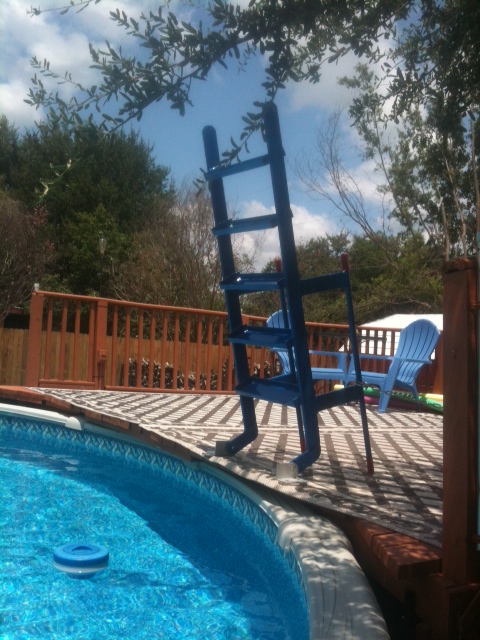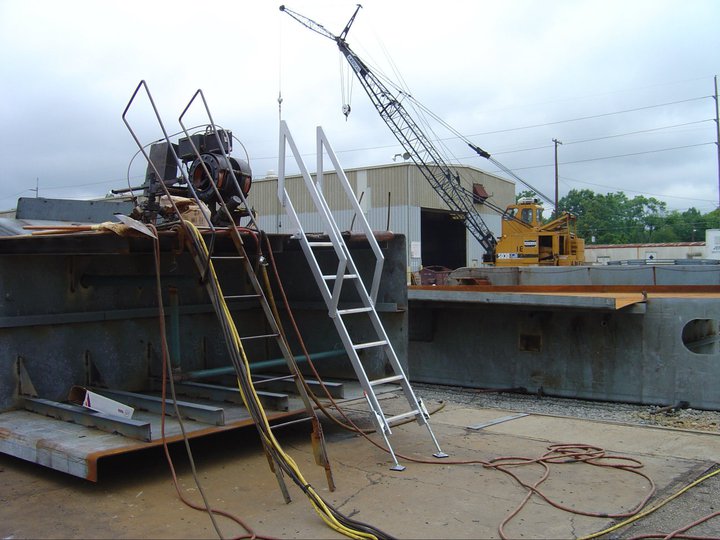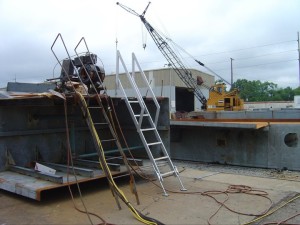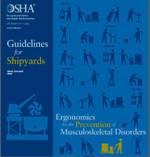We have highlighted several products that help to prevent injuries in marine, transportation, manufacturing, construction, and other industrial settings. While we are all relishing in the summer sun and fun, we would like to present for your enjoyment a selection of safe recreational and residential marine access products. IAS® produces Tooner boat ladders and dock access products for people and pets, and has designed access products and seating for residential pools, steam rooms, docks, decks and more.
Marine Recreation Access
IAS® is the producer of Tooner pontoon boat ladders, Docker dock ladders, and the Dog Step dock ladder. Each of these marine access products are designed with safety features including slip resistant tread, handrails for 3 points of contact, ergonomical staircase steps and a durable build.
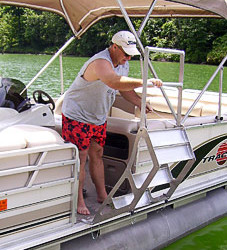
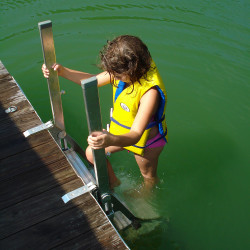 Lengths, specifications and other details for Tooner, Docker and Dog Step Ladders available online at the IAS® Marine Series web store.
Lengths, specifications and other details for Tooner, Docker and Dog Step Ladders available online at the IAS® Marine Series web store.
Aluminum Benches
IAS® provides all weather aluminum benches that are ideal for docks, gardens, public areas, and more. Lightweight aluminum benches prevent splinters, can be mounted to any surface and powder coated to match a color scheme. Benches come standard at 4′ or 6′ and are available up to 12′ with available handrails, colors and other options.
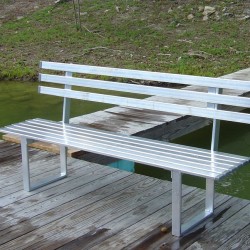
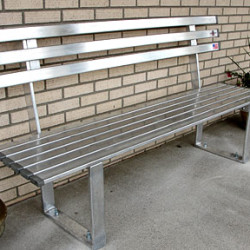
Additional details about benches available at the IAS® online store.
Custom Residential Access
IAS® has produced custom pool ladders and access products for residential settings. Potential custom products include pivoting ladders with handrails in various sizes, colors and mounting options, seating for steam rooms or walk-in showers, stairs for deck or porch access, and to meet specialty specifications and requirements.
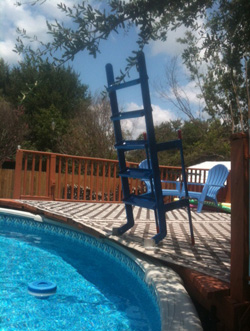
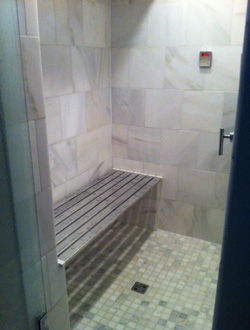
For information about recreational and residential marine access products, contact IAS® at (800) 388-6884 or visit the contact page at IAScustom.com.
Have a safe and fun summer at the lake, pool, ocean, or watering hole nearest you!
